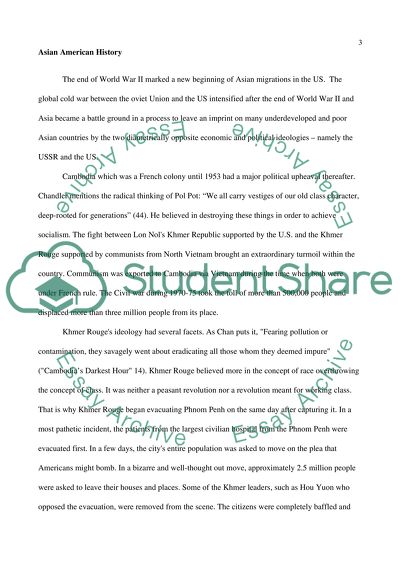Cite this document
(“Asian American History Essay Example | Topics and Well Written Essays - 1250 words”, n.d.)
Retrieved from https://studentshare.org/history/1449819-asian-american-history
Retrieved from https://studentshare.org/history/1449819-asian-american-history
(Asian American History Essay Example | Topics and Well Written Essays - 1250 Words)
https://studentshare.org/history/1449819-asian-american-history.
https://studentshare.org/history/1449819-asian-american-history.
“Asian American History Essay Example | Topics and Well Written Essays - 1250 Words”, n.d. https://studentshare.org/history/1449819-asian-american-history.


